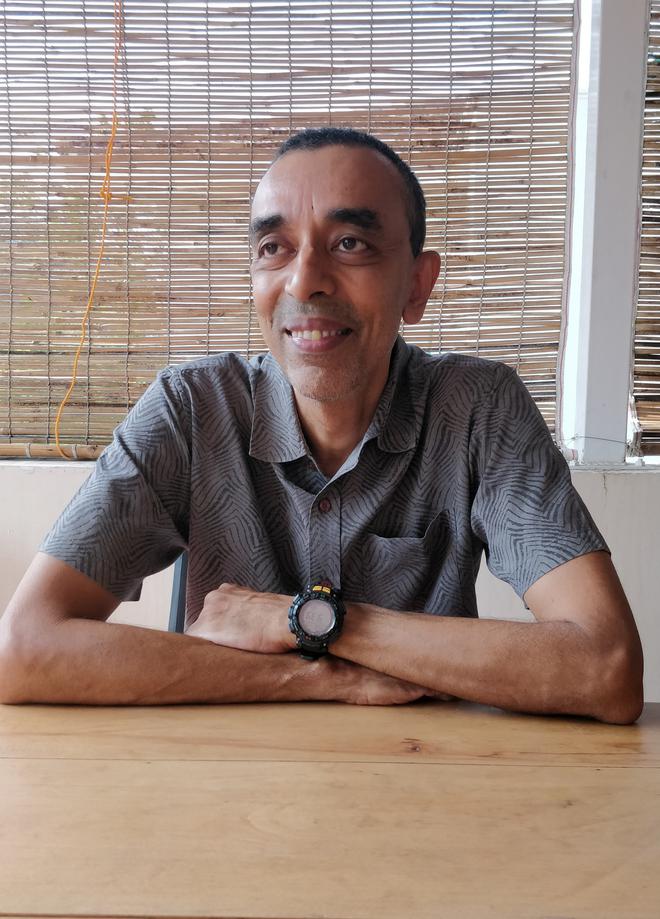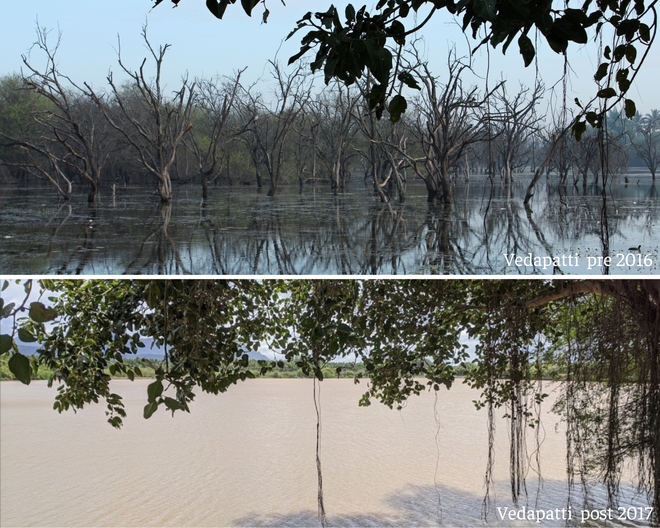I moved to Coimbatore from Bangalore in 1997. Back then I didn’t know much about the ancient system of water tanks and lakes. However, in 2011, I started birdwatching and in 2014, a small group of us started a bird count in Perur Lake. That’s when I really started understanding the importance of these water bodies — how they support a huge ecosystem, and sustain not only endemic birds but also migratory ones.

Over the last decade, we have found a lot of changes in the waterbodies, mostly through human intervention. Due to this, the ecosystems are failing. For instance, Perur Lake had many small natural islands on which birds would alight or sometimes nest. During the dry spell in 2016-17, the sand in the lake was mined, depriving the birds of these. Other lakes have systematically been ‘beautified’ too, without giving importance to the natural flora and fauna of the place.

Another major human intervention is commercial fishing. Fish species ideal for human consumption are introduced into the lakes thereby decimating the endemic inhabitants. The fishermen also scare away their competition, which are the birds. A good example is Vellalore. Water flow into the lake was revived a few years ago (after it lay fry for nearly 15 years) and pelicans soon started nesting there. But the next year, when the birds returned, they found fishermen, who drove the pelicans away.
A sanctuary for birds?
So, yes, there’s water in the lakes. But does that mean the lakes are doing well? They are not. The ecosystems are disappearing. We presented a scientific paper with six years of data (published in the Indian Birds journal last October), which concluded that there has been a rapid decline of waterbirds — from 41% to 100% in some cases. Not only migratory birds, but common birds too are unable to survive in these water bodies. People should revive the waterbodies and then leave them alone.
The writer is an architect and avid birder.
— As told to Surya Praphulla Kumar







